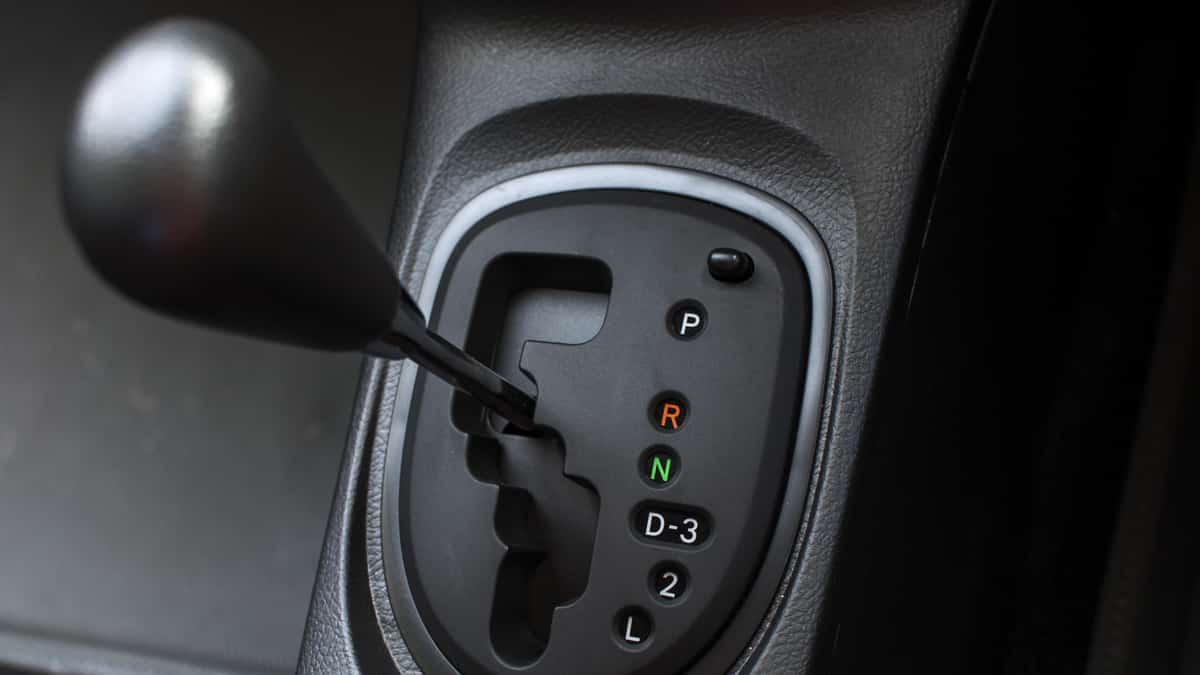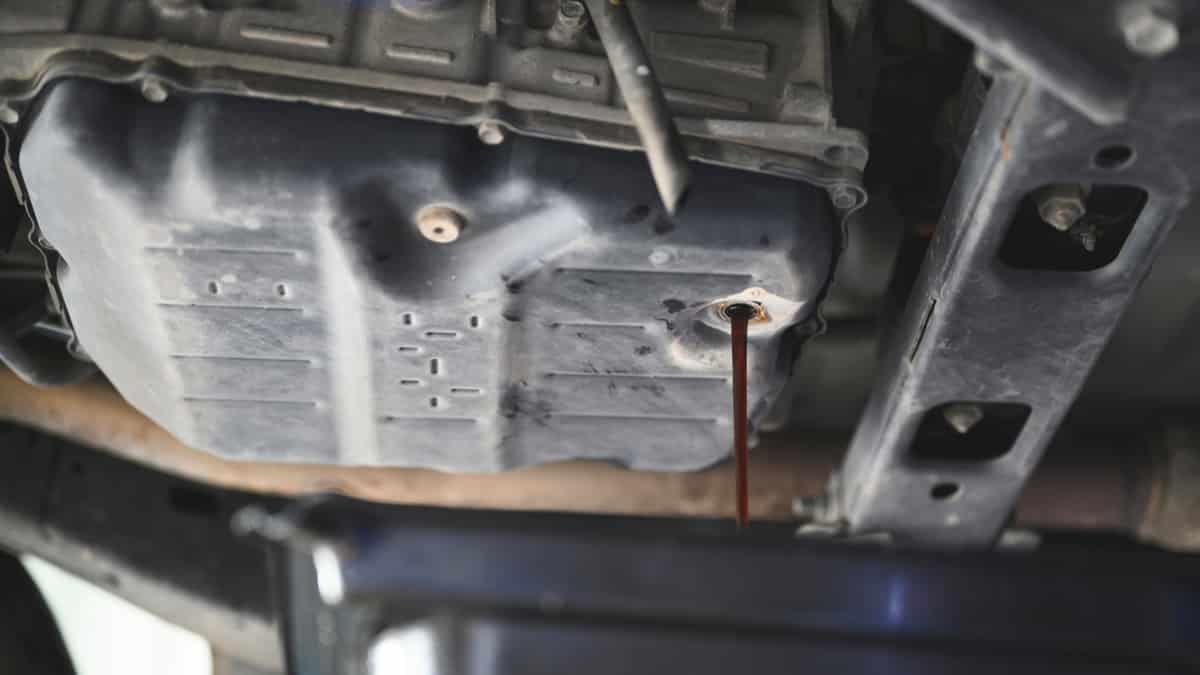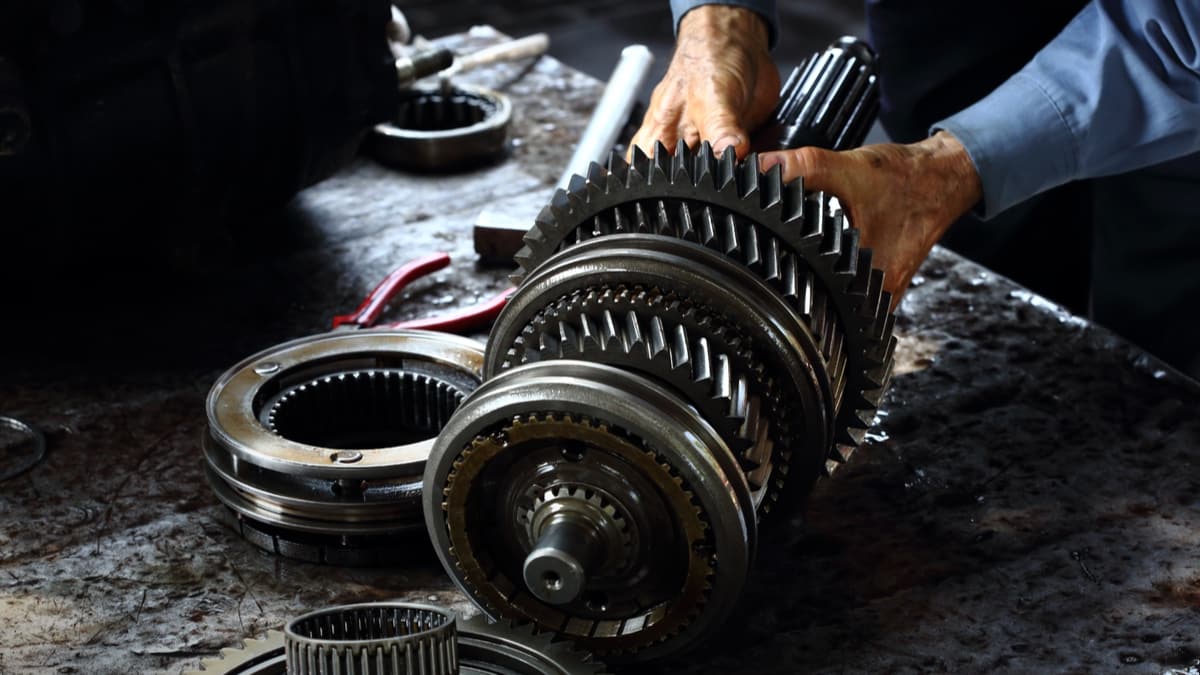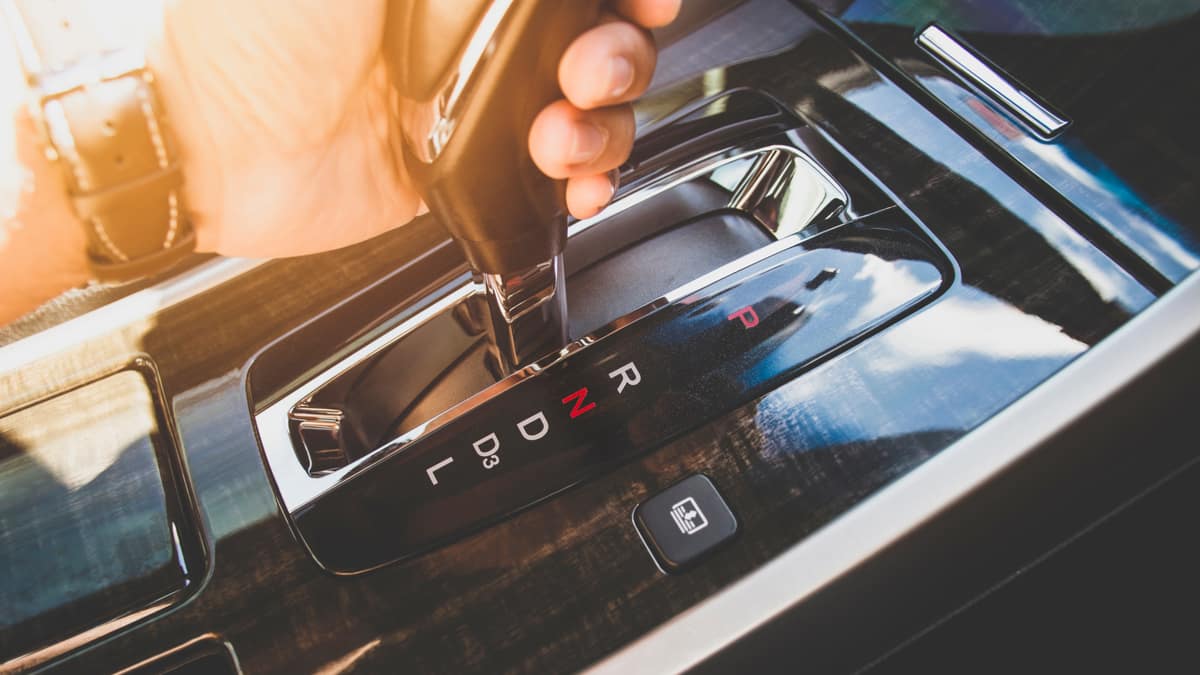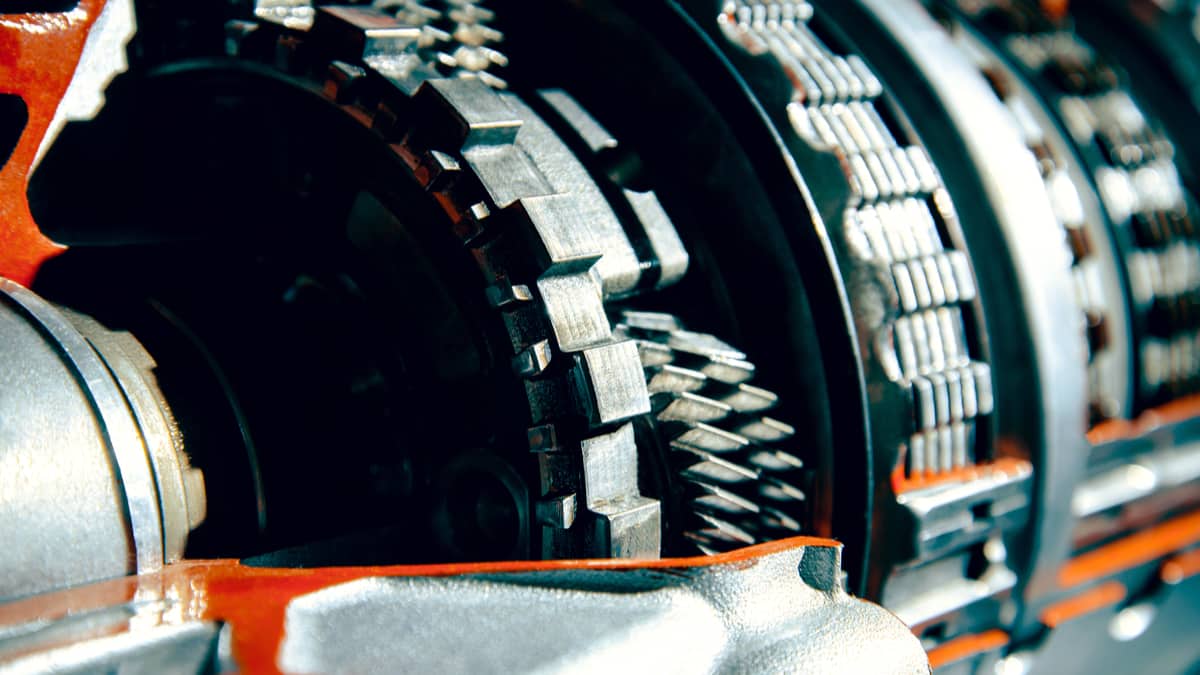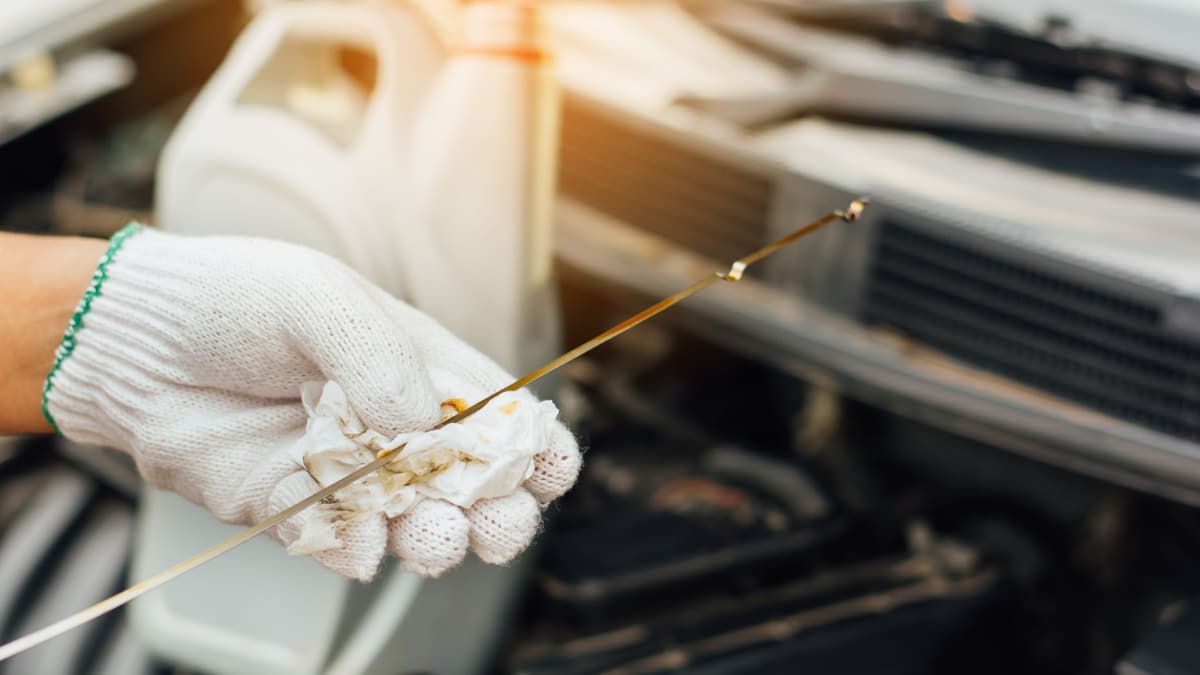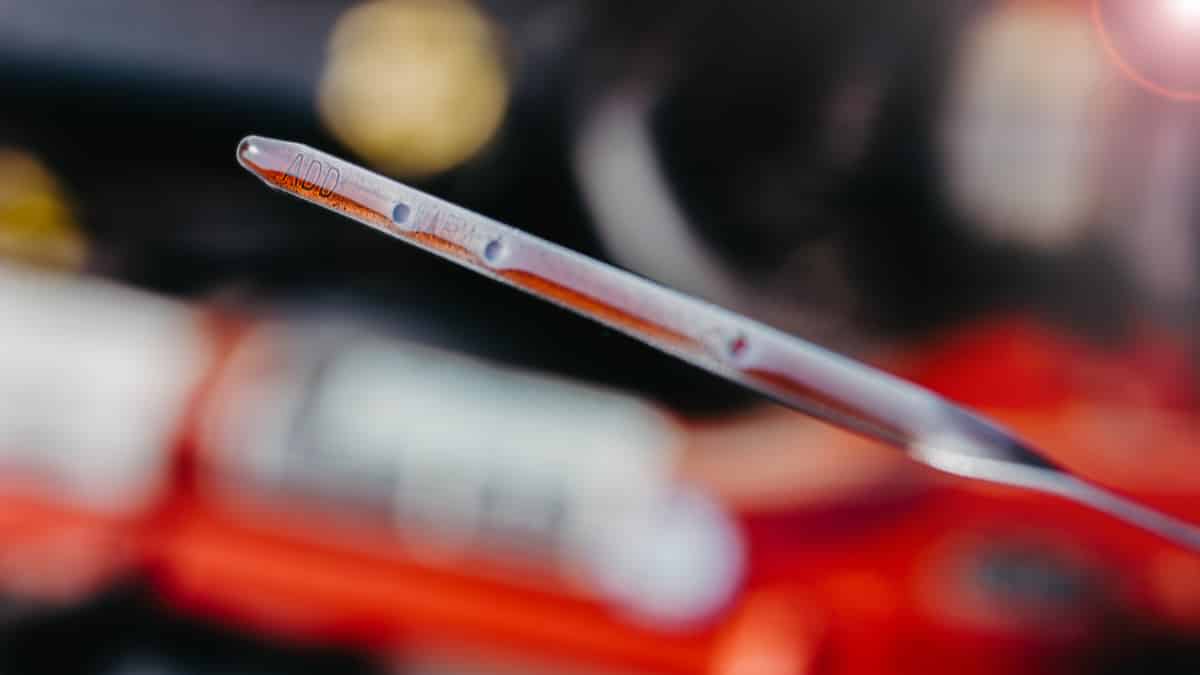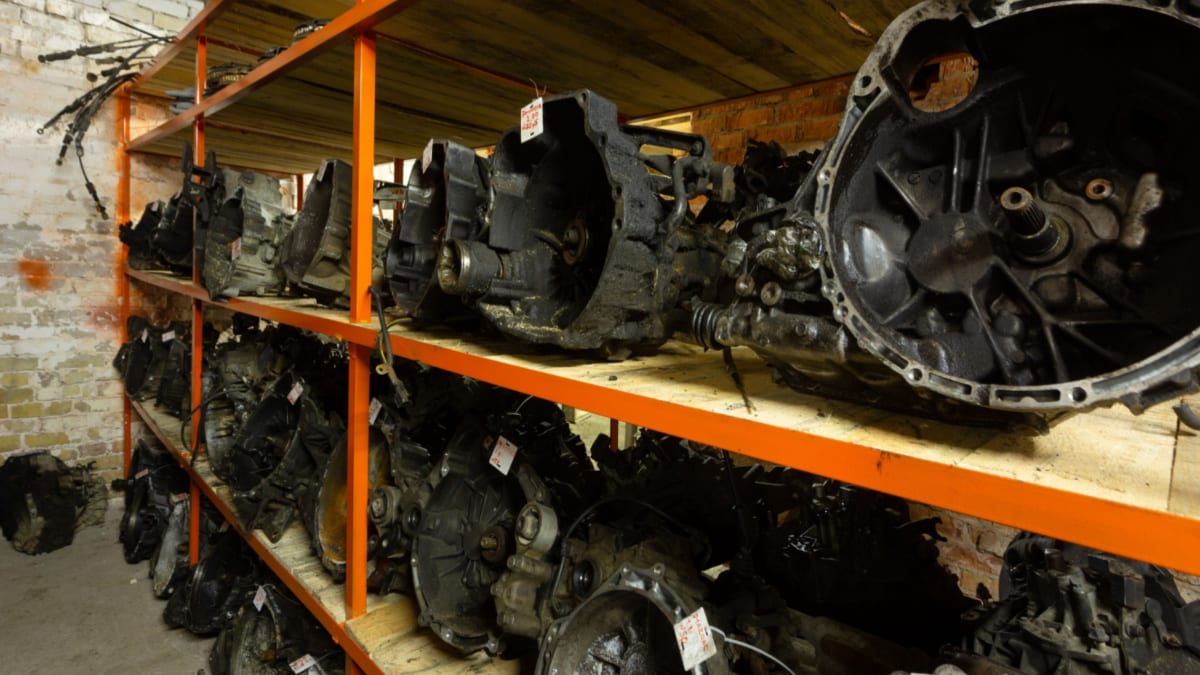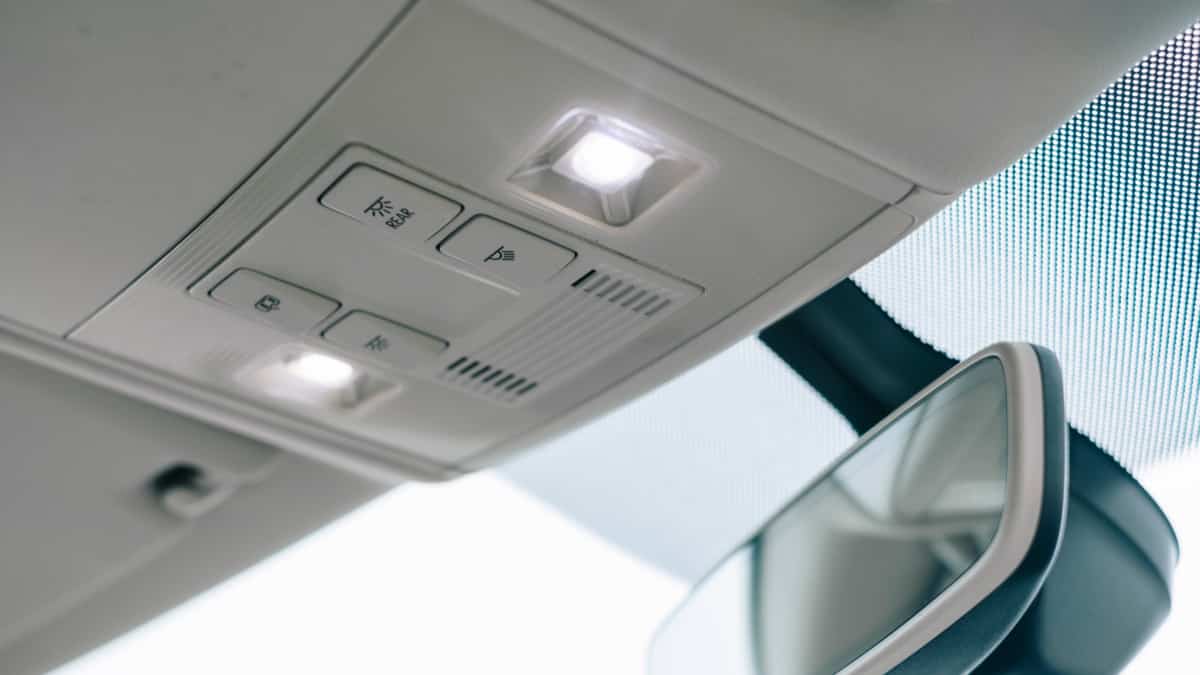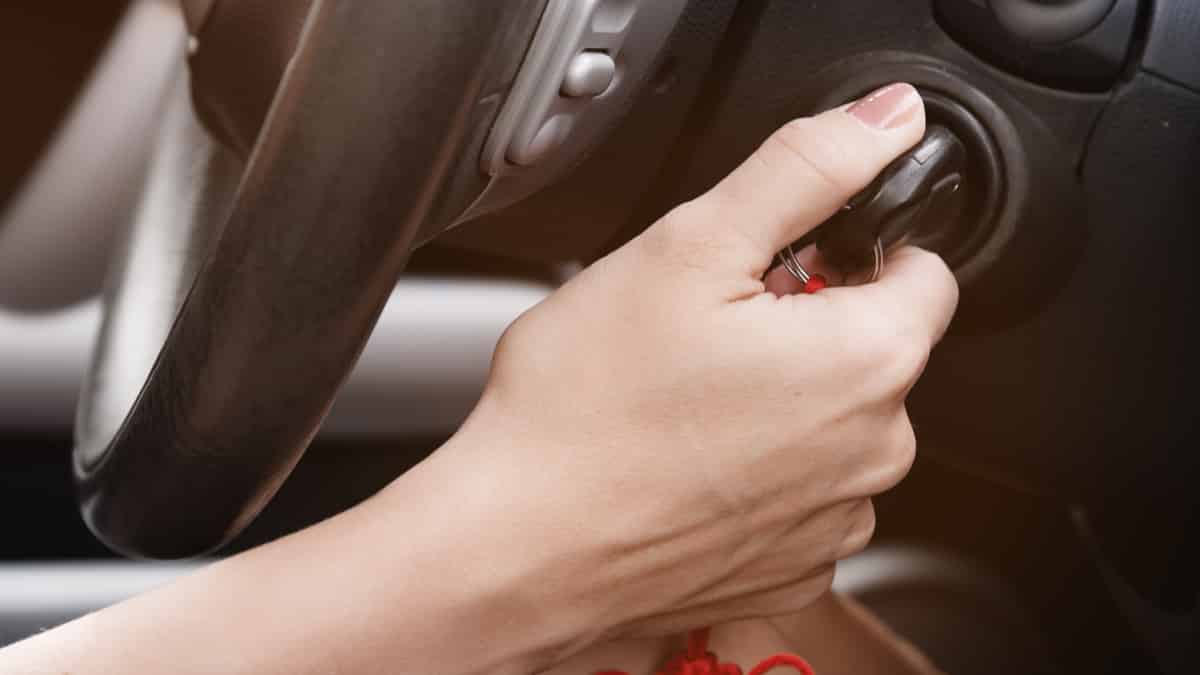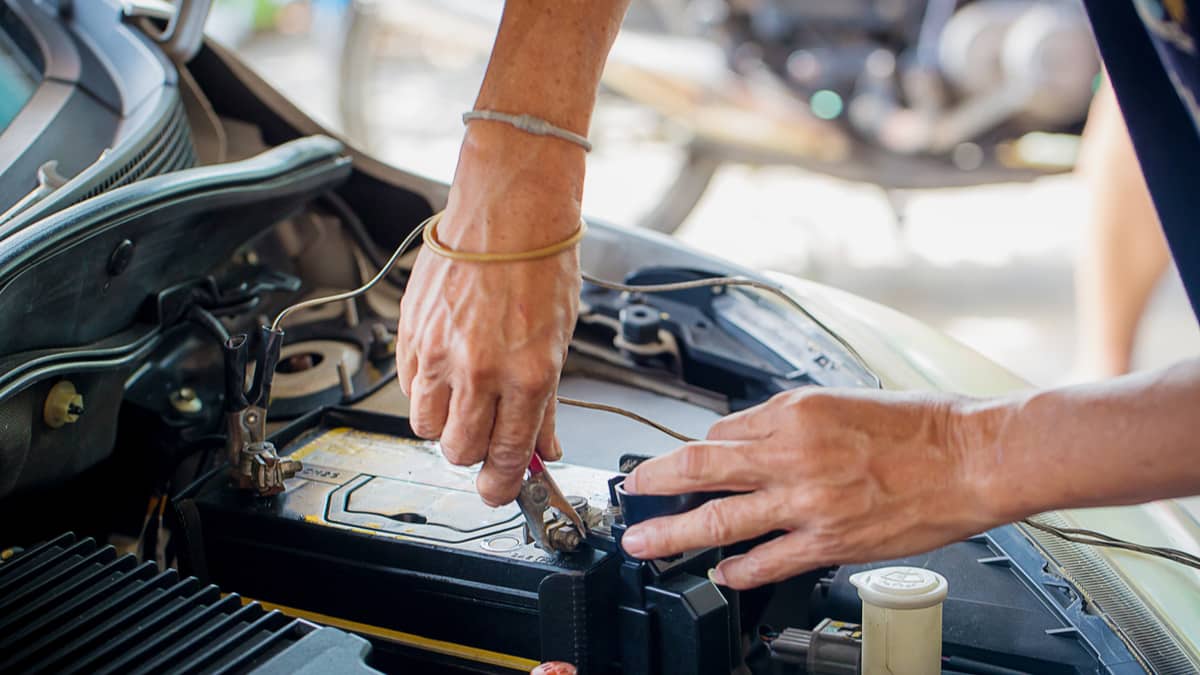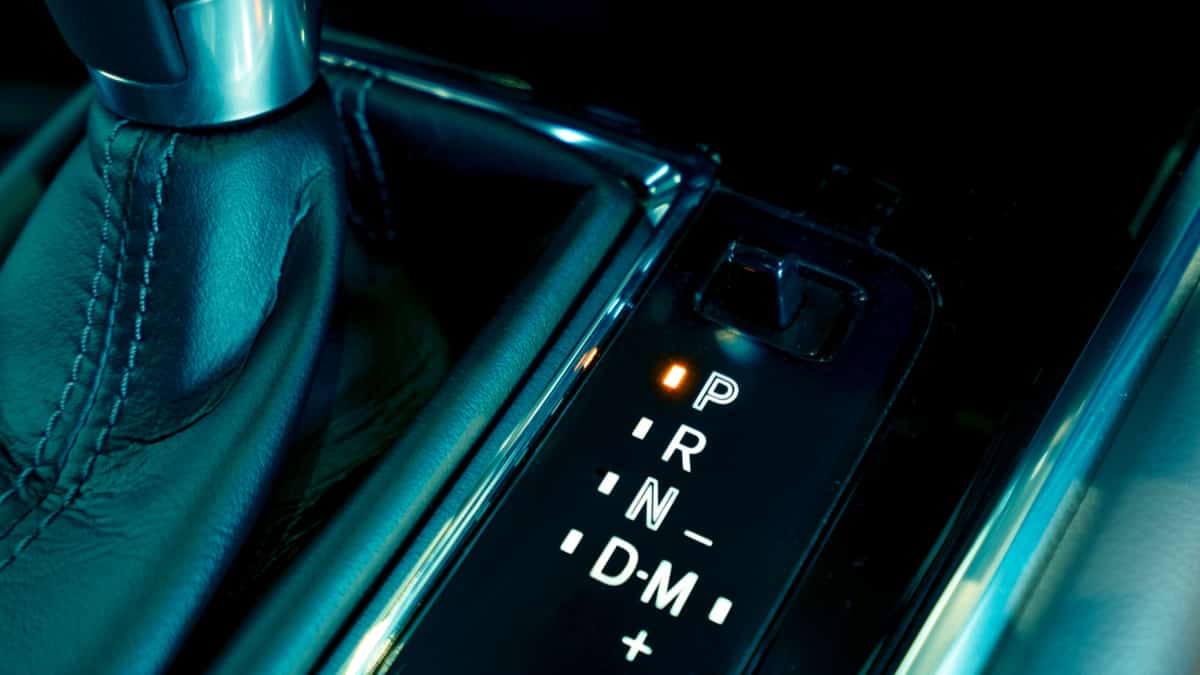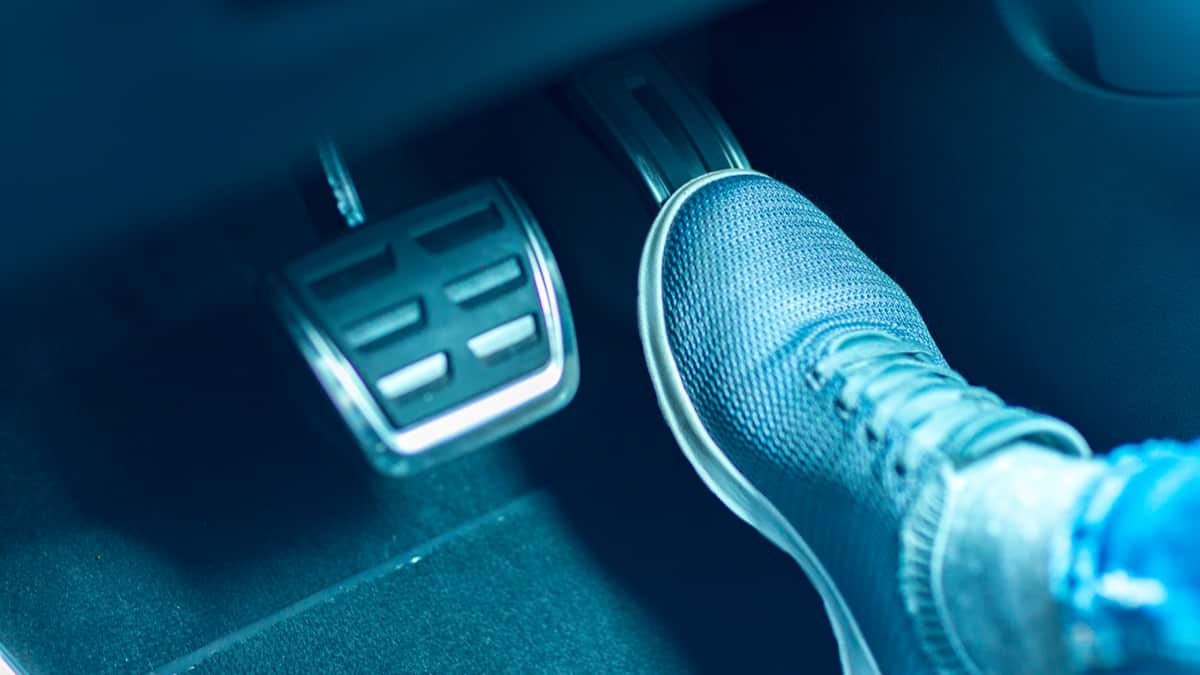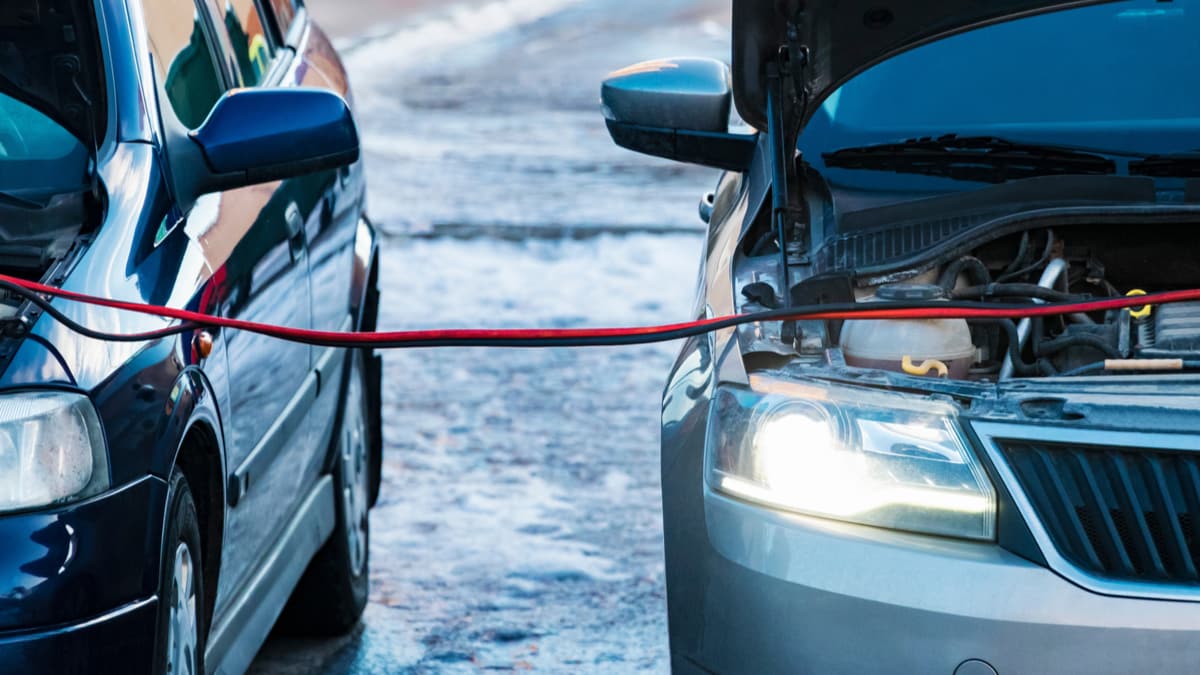Reverse gear is needed for backing into parking spaces, getting out of your garage, and parallel parking. You may not realize just how much you use the gear until you can’t get it to function. When this gear fails to work, you must figure out the reasons your car won’t go in Reverse.
In this guide, we cover the top explanations, allowing you to figure out what’s going on. Plus, we show you how to diagnose and fix the problem right before we give you some answers to pertinent questions.
Reasons Why Your Car Won’t Go In Reverse
Depending on whether you have an automatic or manual car, the fluid could be low or contaminated, a shift solenoid could be bad, a sensor might have failed, or there’s a faulty valve body. It could also be a bad gear shifter mechanism, a shifter cable, broken gear teeth, or a clutch that’s to blame.
By examining each possibility, you can see which reason best fits what you are experiencing.
1. Low or Dirty Transmission Fluid Level (Automatic)
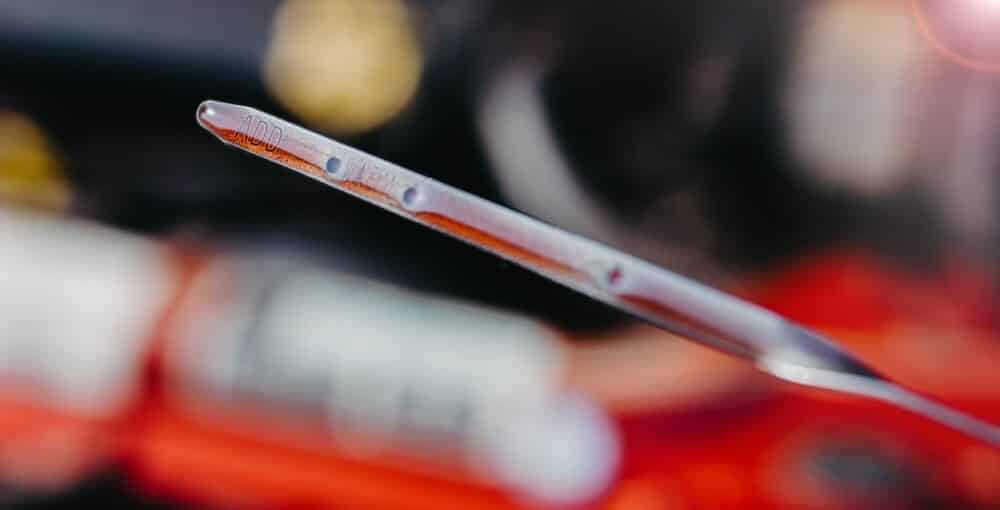
If you drive an automatic transmission car, the fluid is imperative to keeping everything running smoothly. It must lubricate the transmission and keep the components from creating friction. When the fluid runs low, the transmission may no longer be able to shift into Reverse. You should also notice trouble getting into any gear.
Because the transmission is a sealed system, you shouldn’t be low on fluid. You may be dealing with a leak that requires repair. Fluid can leak from the pump or any of the hoses.
Additionally, contaminated fluid is just as dangerous as when it’s low. If the fluid is burnt or old, it can no longer provide the support needed for gears to shift, causing you trouble when you try to put the car in Reverse.
2. Bad Shift Solenoid (Automatic)

Normally speaking, a bad shift solenoid will cause trouble with upshifts as well as Reverse, but it’s not impossible to only have trouble backing up. In fact, this problem has been common with the FNR5 transmission.
The transmission shift solenoids are designed to control fluid flow. When trouble arises, you may have the Reverse problem, as well as delayed or unpredictable shifting patterns.
3. Transmission Range Sensor (Automatic)

The transmission range sensor monitors the speed of this vital component. This data is used to regulate shifting pressure during gear changes and it helps the computer decide what gear is to be engaged.
With a faulty sensor, the system may not know to go into Reverse. It could also cause problems with getting into other gears, especially over third.
4. Gear Lever Sensor (Automatic)
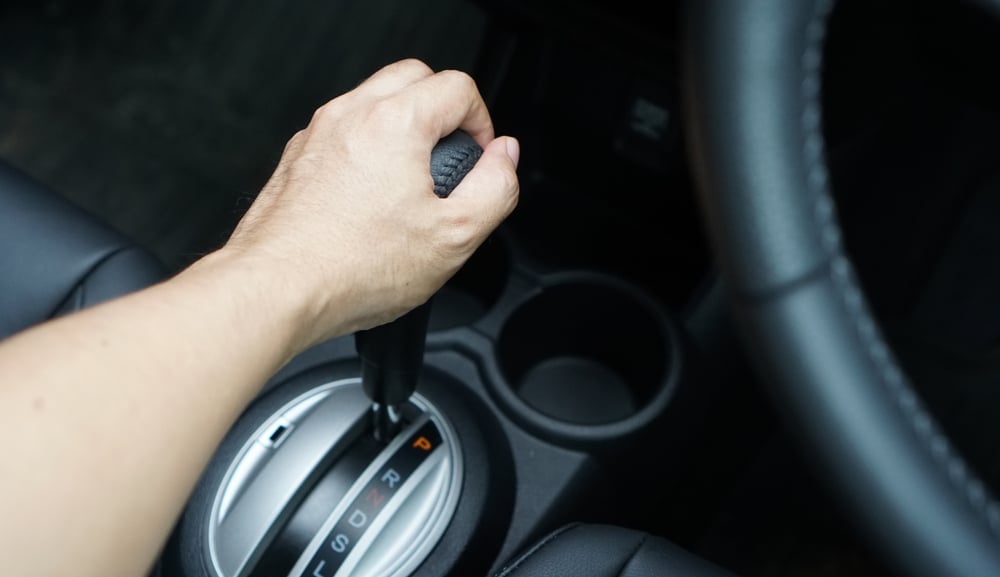
This sensor is responsible for telling the car what gear the shifter is in. To start a car, the gear shifter must be located in the Park or Neutral spot, which is why cars have a lever sensor.
When the sensor fails, the car may not shift into Reverse or it could shift into a gear you haven’t chosen. It can also prevent the vehicle from starting if the data isn’t transferred that the car is in Park or Neutral.
5. Faulty Valve Body (Automatic)
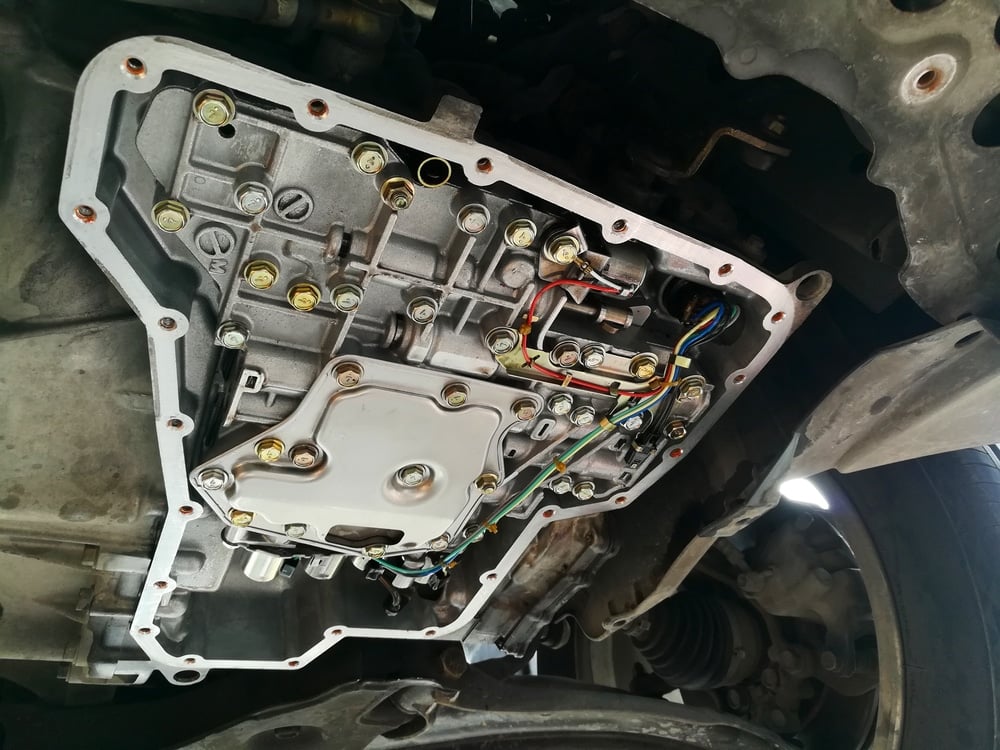
With the automatic transmission, the valve body is responsible for directing hydraulic fluid to the valves. It resembles a maze, pushing fluid through a particular set o passageways when it’s needed. However, if there’s an obstruction, shifting could be delayed or erratic.
In most cases, you’ll notice a problem across the board with shifting. However, some valve bodies contain a reverse-inhibit function that leads to just trouble with the Reverse gear. We’ve seen this happen with both the JF506 transmission, as well as the GM 5L40 transmissions.
RELATED: 6 Symptoms Of A Bad Valve Body
6. Faulty Gear Shifter Mechanism (Manual)
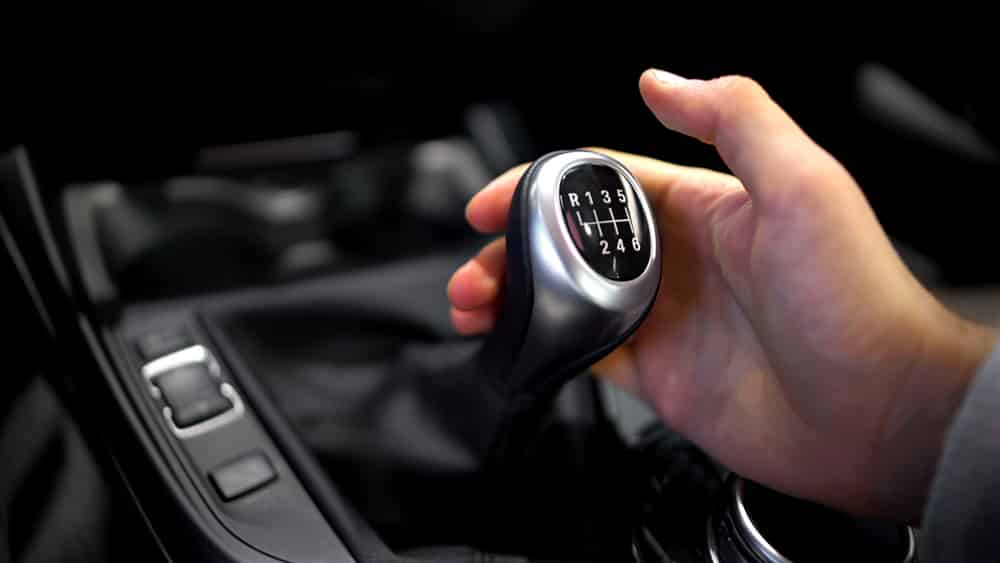
Manual cars have shift mechanisms that are different from an automatic. These shift linkages connect the transmission to the gear shifter. The shift linkage can become misadjusted or faulty in a manual car.
Thankfully, some of the shifter mechanisms are adjustable. We will discuss more about those procedures in a minute. It can also fail completely because it becomes worn or broken.
7. Faulty Shifter Cables (Manual)
The shifter cable is another part that may require adjustment. When the shifter cable becomes stretched and needs to be replaced, you may hear a grinding sound.
You’ll also know that the cable is stretched because there will be a lot of play in the shifter. When the horizontal cable breaks, you can’t shift. However, if the vertical cable breaks, you will only be able to get into a couple of gears, normally the third and fourth.
8. Bad Clutch (Manual)
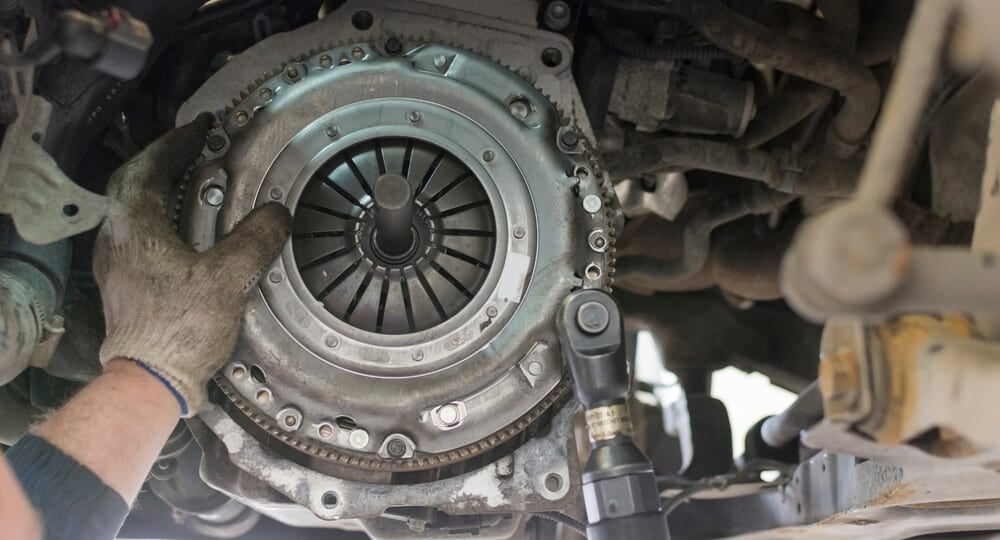
It’s also possible that the clutch is the cause, but you would probably have other symptoms. For example, all shifting becomes difficult when the clutch fails.
You may also hear a grinding sound when shifting gears and the clutch starts to smell. A soft spongy clutch pedal should also be a warning sign that something’s wrong. Manual transmission clutches can last 100,000 miles or more if you are easy on them.
9. Broken Teeth on Reverse Gear (Manual)
It’s possible for the Reverse gear to break. While it’s not as common as some other options, you don’t want to overlook the possibility.
Wear and tear is the most common cause of gear breakage. When this happens, the car will go in every other gear without problems but cannot be put into Reverse. In fact, the transmission should continue to operate normally other than with Reverse.
How To Fix A Car That Won’t Go In Reverse
Even if you aren’t a professional mechanic, you can still diagnose and repair your car the same way we do. Here are some steps to follow.
1. Check The Transmission Fluid Level
It’s easy to check the transmission fluid in most car models. However, we recommend using a repair manual for your particular car model. Here’s how to check the transmission fluid in most car models.
- Park the vehicle on a level surface and engage the parking brake.
- Start the car engine and let it run for a few minutes. Keep the shifter in Neutral or Park. (Some cars require the engine to be off for a check. Reference your owner’s manual to be sure).
- Pull out the fluid dipstick. It’s usually near where the transmission meets the rear of the engine. Be careful, the fluid may be hot.
- Wipe the dipstick off on a shop rage and put it back in the tube.
- Remove it again and observe the markings in relation to the fluid level.
- If the fluid doesn’t reach the Full Warm line, you need to add more.
If the fluid is low, you should also look for leaks. Check the system and repair any leaks you find.
LEARN MORE: How to Check Automatic Transmission Fluid
2. Read Codes from TCM
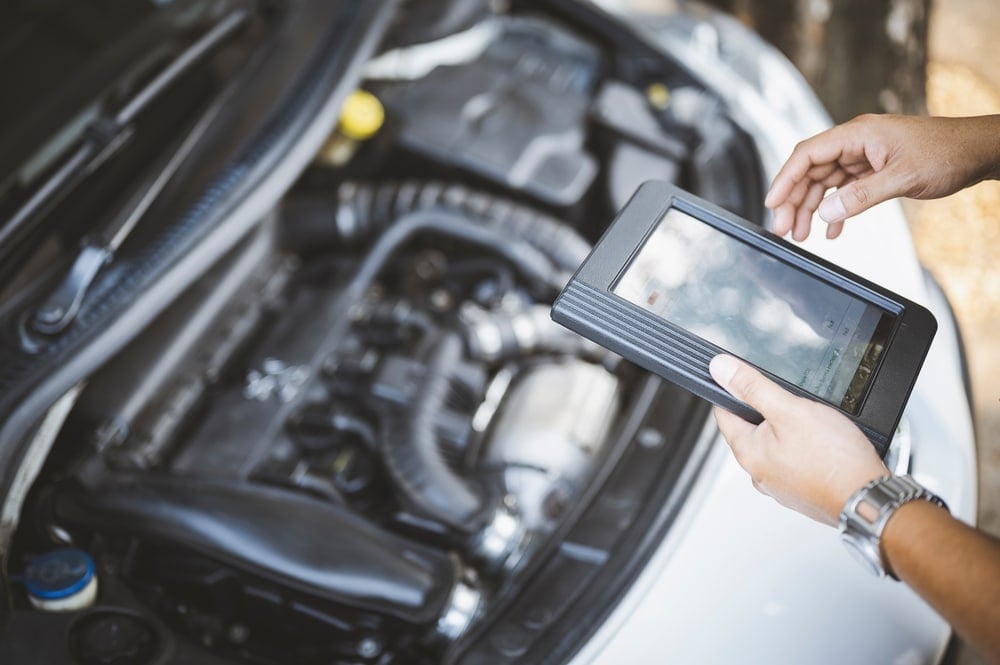
Some code scanners will read DTCs from the Transmission Control Module (TCM). If you have one, plug it into the OBDII port and see if any codes can help that let you determine the problem.
While some codes are generic, others will pinpoint the exact issue. Use our trouble code library to decipher the information.
3. Flush Transmission Fluid
If you noticed that the transmission fluid looked old or burnt, a flush might help. However, not all manufacturers recommend flushing and some sealed transmissions are only to be serviced by the dealer. Look that information up in the owner’s manual before proceeding.
If you are going to change the fluid, make sure you have all of your supplies ahead of time. Don’t forget to take the fluid to a location that will dispose of it properly. Many auto parts stores offer this service for free.
4. Verify Data From Transmission Range and Gear Level Sensor
With your compatible code scanner, you may also be able to check the data on the various sensors. Compare the readings with what’s in the factory service manual to see if something is wrong.
It’s also possible that one of these sensors is simply contaminated. If that’s the case, you should be able to clean it off and reinstall it.
5. Inspect Shifter Mechanism and Cables (Manual)
If you have a manual transmission car, you may need to adjust the shifter mechanism and cable. The steps to do this can be found in your service manual.
Additionally, you should check the clutch. If you can get your car into Reverse when the car is off but not on, chances are the clutch is the problem. Thankfully, it’s easier to replace a clutch than to repair a transmission.
6. Contact A Professional
You aren’t expected to know everything there is to know about transmissions. Some of the steps and data we provided can be overwhelming.
If you need more help completing any of these procedures or performing a repair, don’t hesitate to call a professional. By spending a little more money, you can have peace of mind that the job was done right.
Why is my car not moving when I put it in drive or reverse?
It’s possible that the fluid is low or has gotten contaminated. There could also be a mechanical problem, such as a bad shift solenoid, failed sensor, faulty valve body, malfunctioning gear shifter mechanism, a loose shifter cable, a bad clutch or broken gear teeth.
How much does it cost to fix a transmission?
It depends on what needs to be done. Adding more fluid may only cost you $10 to $25 while fixing the transmission could easily turn into a $2,000 or more bill. Start with an expert diagnosis, so you aren’t replacing parts that still work as intended.
What are the signs of low transmission fluid?
You may hear strange noises, especially during shift changes. There could also be a burning smell or fluid leaking under the vehicle. Eventually, gears will start to slip or not function at all. The Check Engine Light or transmission warning indicator will also be present on the dash once the situation becomes severe.
What is a reverse lockout?
The Reverse lockout function on a car keeps you from shifting into Reverse while you are driving at a certain speed. It can be found in both automatic and manual cars. If you were able to put your car into Reverse while driving, it could lead to serious engine and transmission damage.
If your car has stopped going into Reverse, you don’t want to continue driving. It’s important to get the problem checked out right away. Otherwise, you could end up with massive engine or transmission repair bills.
There’s a good possibility that the problem is small and you can repair it without a lot of money lost. However, you won’t have that chance if you procrastinate. The problems will only get worse, leading to more expensive repair bills and additional places you can’t drive to because you don’t have a Reverse gear.
Categories: Transmission, Troubleshooting
